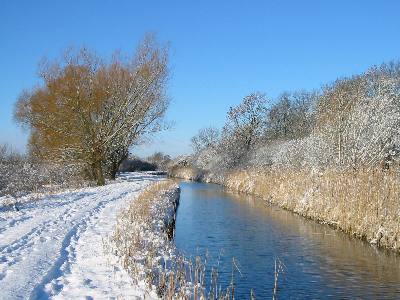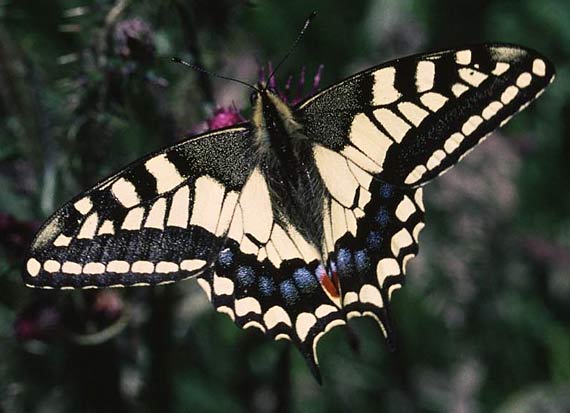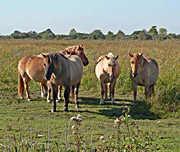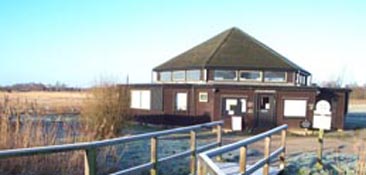WORLD TRAVEL NEWS ARTICLE
UNITED KINGDOM
Wicken Fen in Cambridgeshire
A unique fragment of the wilderness that once covered East Anglia, Wicken Fen is a haven for wildlife and rare plants. Sue Dobson thinks it’s a magical place for the whole family to walk, explore and enjoy.

Snowy Fen
In winter, when mist drifts across the rich, flat farmland and snow and frost coat dark skeleton trees, the Fens have an eerie air of mystery. Come spring, the land wakes to new life, the first signs of the bounty that will fill greengrocers’ shelves as the year progresses. This once-watery world of wildwood, reed and sedge is a landscape tamed by man, drained first by the Romans but most significantly and elaborately in the 17th century.
In the midst of intensively farmed agricultural land, Wicken Fen is a unique fragment of the wilderness that once covered East Anglia. A haven for wildlife and rare plants, in diversity terms it is Britain’s version of a tropical rain forest. Traditional wide droves and lush paths afford long walks among myriad wild flowers and habitats, amid scenes unchanged for centuries. Hides allow visitors to observe the wildlife unseen.
Saving rare species
The National Trust was only three months old when Victorian entomologist Herbert Goss suggested it should consider saving Wicken Fen and in 1899 an area of just a couple of acres opened as Britain’s first nature reserve. Today covering 653 hectares (1612 acres), with bold plans to extend it further, it is one of the most important wetland areas in Europe.
A National Nature Reserve and a Site of Special Scientific Interest (SSSI), its wetland protected under the international Ramsar Convention, Wicken attracts visitors from all over the world who come to study the rare species of plants, birds and insects. But you don’t need to be an expert – walking here is balm for the soul – and children love it.

Male Swallowtail butterfly
Over 8000 different species have been recorded at Wicken Fen, many of them, like the bittern, now very rare in Britain. Insects (flies, beetles and moths) are the most diverse groups but there are numerous unusual flowering plants and ferns growing in the different habitats, including fen violet, milk parsley, marsh pea and the delightfully named tubular water-dropwort. Marsh and hen harriers, bearded tits, short-eared and barn owls, reed buntings and cuckoos are among the birds in decline elsewhere that call Wicken their home, as do wild ponies, otters and rare butterflies.
The beauty of the Nature Reserve is that it is an ever-changing landscape. Whatever time of year you visit there’ll always be something different to see and new things to discover.

Windpump
Walking the trails
There are three suggested trails of varying length to help you get the most out of your visit. The shortest and most accessible is the 1.2 kilometre Boardwalk, a raised circular path of recycled plastic boards that winds around the ancient Sedge Fen, passing the iconic windpump, the last working wooden windpump in the Fens, ditches and dykes where wildflowers bloom and dragonflies hover, hides perfect for some secret viewing of birds and wildlife, and the fish-filled Wicken Lode, a navigable waterway with wonderful vistas. The Boardwalk Trail is both pushchair and wheelchair-friendly and provides an easy introduction to this magical wilderness world.
Sturdy footwear is recommended for the 3.6 kilometre Nature Trail, as it can get muddy in parts during wet weather. It will lead you through droves (wide mown pathways) edged by delicate wildflowers like marsh orchids and yellow rattle; tall willows, whispering aspens and birch trees where woodpeckers nest; sightings of Konik ponies and highland cattle, and the tall Tower Hide, from where there are magnificent views across the reserve and the Mere with its waterfowl and visiting migrants.

Konik ponies
The 4.5 kilometre Adventurers’ Trail takes you out across a different landscape of rustling reed-beds and the open water of the Mere. Walking boots or wellies are the most suitable footwear for this exploration across lodes rich in waterplants, fields that flood in winter and are havens for wildfowl and wading birds – widgeon, teal and shoveler in the winter, lapwing and redshank in summer – and hides that watch over the countless birds on the Mere and its island, a favourite resting place for cormorants.
There is little shade on these walks, so on hot summer days wear a hat and sunscreen. Also, as the Fens are famous for their mosquitoes, it’s advisable to use a mosquito repellent in summer.

Returning to Visitor's Centre
Past and present
Look out for the fen boat, traditional in design but now motorised, that is housed in the reed-thatched boathouse at the end of the navigable Wicken Lode. It is much used to transport cut reed and sedge. Nearby there’s Fenman’s Cottage, a surviving example of the local style of building.
Built in various stages between the early 18th and 20th centuries and restored by the National Trust using traditional materials and methods, it is furnished as it might have been in the early 20th century and gives an insight into the people who once worked the fen.
These are both near the excellent William Thorpe Visitor Centre, named for Professor W H Thorpe, FRS who protected Sedge Fen from being drained for use as arable land during the Second World War and saved the whole fen from being used as a practice bombing range.

William Thorpe Visitor Centre
Visit www.wicken.org.uk
You may also like to read

UNITED KINGDOM - WALKS & RIVERS OF DARTMOOR
Isabelle Tabb put her best foot forward for Tour-smart and explores Dartmoor.

UNITED KINGDOM - THE SUFFOLK COAST
Tim Ware took time out to discover the wide beaches of Suffolk and the charms of Aldeburgh for Tour-smart.


Comments